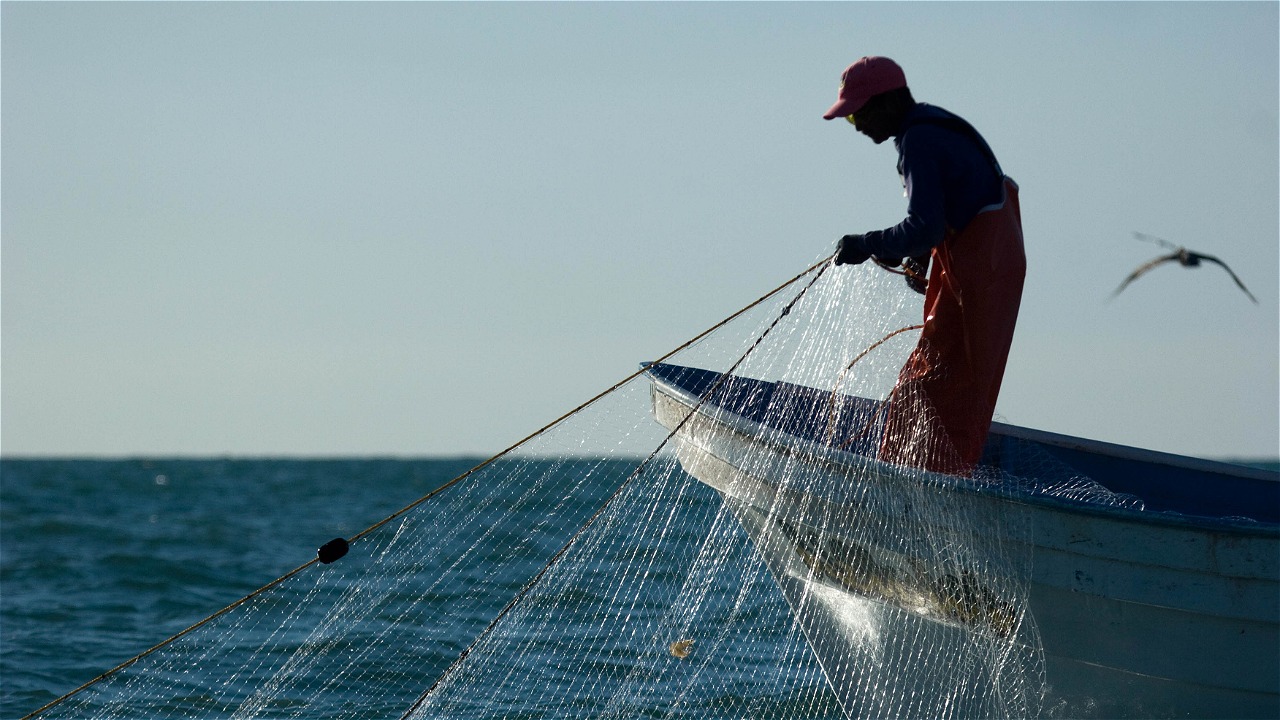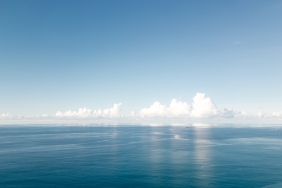SAVE PALOH SEA TURTLES BY REDUCING THE RISK OF DAMAGE FROM FISHING NETS
By: Abdurrachman Maulidi (Observer Bycatch)
All along the coast in Paloh Sub-district, from Tanjung Belimbing to Tanjung Datu, is one of the water areas where sea turtles feed and breed. The coast, which stretches for ± 63 km, is also known as a place for fishermen to catch fish. Paloh fishermen use gillnets or gillnet with PA monofillament synthetic sump to catch white pomfret, black pomfret, semanyok fish and others.
The fishing location around the waters of Paloh Sub-district makes these waters vulnerable to turtle bycatch activities by fishermen using gillnet. Based on information from Paloh fishermen, the mesh sizes they have vary, ranging from 5 inches, 6.5 inches, 7 inches, and 8 inches, with each fisherman having a net length of more than 1000 meters. "Almost every time we operate the net, we always get turtles," said Mr. Pendi, one of the Paloh fishermen.
The fishermen in Paloh, especially in Liku Harbor, complained about damaged nets caused by entangled turtles. Mr. Wardi felt the same way when he had to cut the net to release the turtle entangled in the net. According to them, it takes a long time to repair nets damaged by turtles. Mr. Pendi also stated that it takes an hour to repair a net damaged by accidentally entangling one turtle. Can you imagine how much time it would take to repair the net if more than one turtle is caught?
To support the Government Regulation No. 7 Year 1999, since 2014 WWF-Indonesia, Ministry of Marine Affairs and Fisheries (KKP), Sambas Marine and Fisheries Office (DKP) in collaboration with two fishermen in Paloh Sub-district conducted a trial of Green LED lights on gillnet to reduce damage to fishermen's nets and the mortality rate of turtles entangled in nets. They are Mr. Pendi and Mr. Wardi who take turns installing Green LED Lights on the gillnet they use.
According to Pak Pendi and Pak Wardi, who have supported the green LED pilot program for almost four years, fewer turtles have been caught in their nets and less damage has been caused to the nets. Thus the installation of green LED lights has reduced the risk of turtle deaths due to being caught in nets.
The research trial of green LED lights in Paloh waters will be completed by the end of this year. With positive results, over 4 years, scientific publications will be prepared as a scientific basis for the technology adoption process in Indonesian fisheries. The adoption process at the regional and national levels will be the main target in this activity. It is hoped that this LED light technology will become one of the technology options in other waters that have high turtle bycatch interactions such as Paloh waters.





